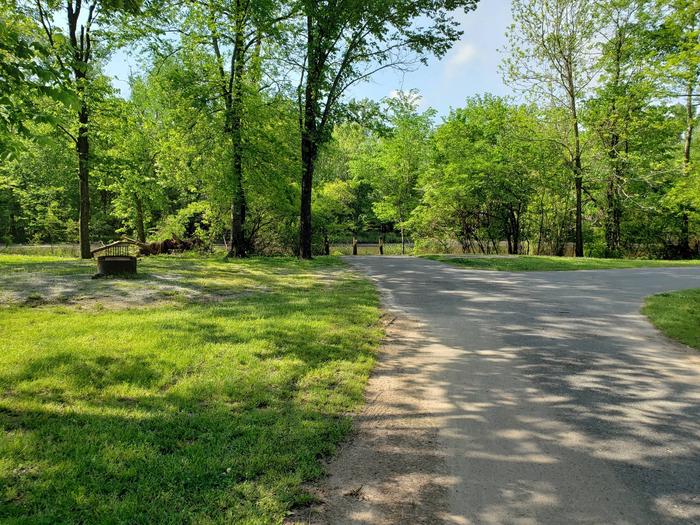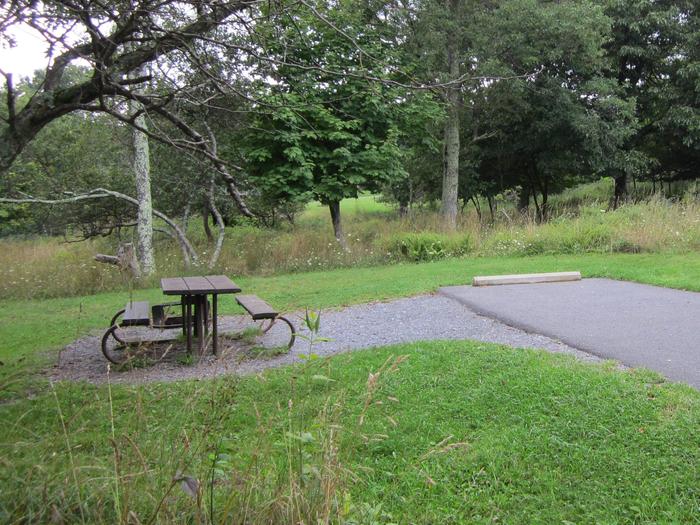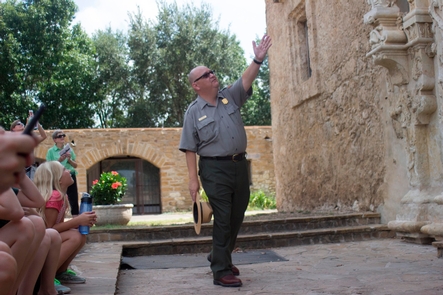Directions
Take U.S. Route 6 East to State Route 137 South, to State Route 28 East. Take Route 28 East to the rotary. Take the Main Street exit, up the hill to Shore Road. Turn right and proceed past Chatham Lighthouse. Bear left after lighthouse onto Morris Island Road. Follow Morris Island Road to signs for the refuge on the left, Wikis Way. Limited parking is available at the visitor center.
Phone
(508)945-0594
Activities
WILDERNESS
Camping Reservations
Reserve your campsite at these camping areas:
Hiking Trails
Looking for nice hiking areas to take a hike? Choose from these scenic hiking trails:
Related Link(s)
More Massachusetts Recreation Areas
Monomoy National Wildlife Refuge
The Monomoy Wilderness now contains a total of 3,244 acres and is managed by the Fish & Wildlife Service. All of the Wilderness is in the state of Massachusetts. In 1970 the Monomoy Wilderness became part of the now over 110 million acre National Wilderness Preservation System.
As recently as 1958, this area was an extension of the mainland, the eroding shoreline at the elbow of Cape Cod. Severe winter storms isolated Monomoy Point from the mainland and, 20 years later, separated North Monomoy Island from South Monomoy Island. Ten miles of surf-beaten dunes on the eastern shore of the islands, still-shifting sands that sometimes reach 100 feet in height, give way to salt marsh and then to mudflats on the western shore. The ecosystem is a perfect habitat for migratory birds.
Dubbed a sanctuary for wildlife in 1944, most of 7,604-acre Monomoy National Wildlife Refuge has been designated Wilderness: all of the north island and all but two tracts on the south island. The mainland portion of the refuge remains non-Wilderness. People are known to have lived here from 1711 on, and a lighthouse complex on the south island attests to their presence. Among the migratory birds you may see are grebes, shearwaters, petrels, gannets, bitterns, egrets, herons, swans, geese, ducks, and the endangered piping plover and roseate tern. Hundreds of gray and harbor seals winter along the coastline. Boaters swarm the shores in summer. Camping, fires, and pets are not permitted.






